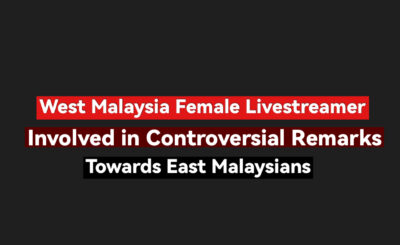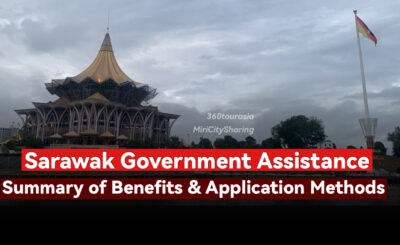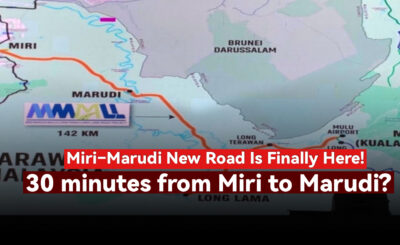Crocodile Population in Sarawak Surges to 25,000: A Call for Coexistence and Caution

Sarawak, known for its vast river systems and rich biodiversity, is now home to an estimated 25,000 wild crocodiles — not including those found on land — making it one of the regions with the highest crocodile densities in Southeast Asia. These reptiles inhabit around 22 major river basins across the state, including the Rajang, Lupar, Sadong, and Samarahan rivers.
Population Growth Over the Years
The crocodile population in Sarawak has nearly doubled over the past decade. In 2014, official surveys estimated about 13,500 individuals in the wild. By 2023, that number surged to approximately 24,700, reaching 25,000 in 2024. This rise is largely due to successful conservation efforts and strict protection laws following decades of overhunting in the 1970s and 1980s.
Sarawak’s lush mangrove swamps, riverbanks, and estuaries offer ideal breeding grounds for the saltwater crocodile (Crocodylus porosus), the dominant species in the region.
Rising Human–Crocodile Conflict
With the population increase, encounters between humans and crocodiles have also become more frequent. On average, six fatal crocodile attacks occur annually in Sarawak, mostly in rural or riverine communities where people rely on rivers for fishing, bathing, or daily chores.
Certain areas, such as the Lupar River basin, have been identified as high-risk zones, accounting for over 22 percent of crocodile-related incidents in the state’s history.
Government Action and Public Safety
The Sarawak Forestry Corporation (SFC) and local authorities are taking proactive measures to manage the situation:
• Crocodile relocation: More than 35 crocodiles were safely relocated from populated areas in 2024.
• Monitoring and surveys: Regular surveys are conducted along major rivers to track population changes.
• Warning signs: Hundreds of signs have been placed at riverside communities to caution the public.
• CrocWatch app: A mobile app allows the public to report crocodile sightings for faster response.
• Regulated hunting: Licensed culling is permitted in specific zones to control numbers.
• Sanctuary development: Plans are being explored for crocodile sanctuaries to support ecotourism and research.
Conservation vs Safety
Crocodiles are a vital part of Sarawak’s natural ecosystem. They help maintain the balance of aquatic species and wetland health. However, the challenge lies in balancing conservation efforts with the safety of riverine communities.
Authorities continue to urge caution near rivers, especially during breeding season when crocodiles become more aggressive.
Key Facts
• Estimated crocodile population: around 25,000
• Main habitats: Rajang, Lupar, Sadong, Samarahan, Sibuti rivers
• Main species: Saltwater Crocodile (Crocodylus porosus)
• Average fatal attacks annually: about six
• Protection status: Legally protected, with controlled hunting under permit
Final Thoughts
The increasing number of crocodiles in Sarawak reflects successful wildlife protection, but it also highlights the need for safety awareness and responsible coexistence. Through education, community engagement, and continued monitoring, the state aims to ensure both people and crocodiles can share the environment more safely.





